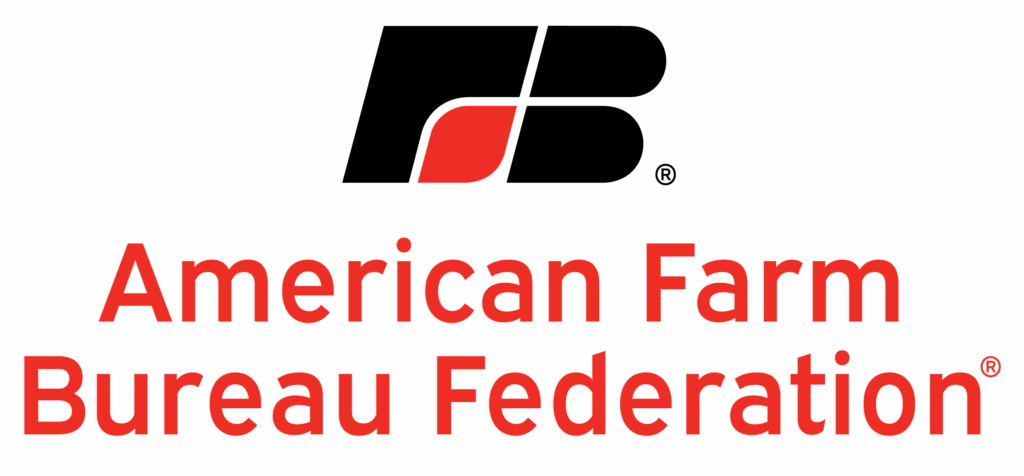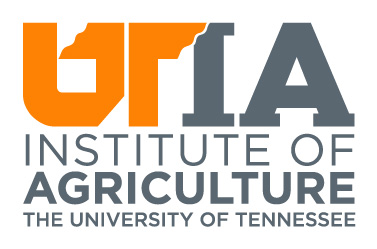In The Cattle Markets
December 15, 2025
Glynn T. Tonsor, Ph.D.
Professor
Department of Agricultural Economics
Kansas State University
Fundamentals & Perspective – The Glass Can Be Half Full
Here in mid-December of 2025, feeder cattle in Kansas are selling for $400-$700/head (varying by weight class) more than last year (and $900/head higher than December 2023). Yet these mid-December price levels put seller revenues $100-$300/head (again varying by class) below 2025 peak, mid-October levels. Indeed, many cow-calf producers are going to have a strong year and perhaps also wish (with the ever-favorable benefit of hindsight) they locked in sales prices at a different time. Alas, all these statements can be true, even if frustrating in reflecting the nature of 2025, and provide a classic “glass is half full vs half empty” framing opportunity.
While demand fundamentals were unfortunately not acknowledged in most elevated discussions of the sector as 2025 progressed, indeed, the combination of supply and demand fundamentals underpins market dynamics. As in every year and market, one can only identify price-quantity outcomes through intersections of demand and supply. This boring yet critical point must be better appreciated going forward. Simply illustrated, there is much more to industry price, quantity, and net economic viability than just the number of beef cows in the national herd.
Turning to 2026, it seems likely we will start the year with a breeding herd similar in size to January 2025, with mixed interest in expansion, market-ready cattle will continue to provide historically large volumes of beef (including trimmings with clear trade implications) per animal, and stocker-feedlot-packer segments dependent on animal throughput will continue to face physical capacity utilization pressure. Meanwhile, the broader macroeconomic (interest rates, unemployment, and net financial sentiment of residents) and trade policy environment will persist as key consumer demand factors. Noteworthy here is the evolving role of GLP-1s as highlighted in recent research (“GLP-1 Use and Protein Demand”) with Drs. Bina and Richards using Meat Demand Monitor data.[1] In short, GLP-1 use is part of reduced meat price sensitivity that helps explain observed market behavior. Indeed, consumer demand developments persist as fundamental and worthy of ongoing assessment and elevated appreciation.
As we enter the Christmas holiday season, I wish all readers the best with recognition of the true reason for the season. I hope each of us can pause, disconnect from external distractions, and take a moment to reflect, as there are a host of blessings visible if one adopts a “glass is half full” lens. Merry Christmas and Happy 2026 from Little Apple!
[1] See details on the beef and pork checkoff-supported MDM project based at Kansas State University here (https://agmanager.info/livestock-meat/meat-demand/monthly-meat-demand-monitor-survey-data) and this latest MDM-supported research paper here (https://www.sciencedirect.com/science/article/pii/S0306919225002313).
The Markets
| Week of 12/12/25 | Week of 12/5/25 | Week of 12/13/24 | ||
| 5-Area Fed Steer | all grades, live weight, $/cwt | $228.19 | $221.21 | $194.31 |
| all grades, dressed weight, $/cwt | $353.62 | $342.61 | $303.44 | |
| Boxed Beef | Choice Value, 600-900 lb., $/cwt | $359.37 | $364.27 | $313.75 |
| Choice-Select Spread, $/cwt | $13.53 | $12.37 | $33.46 | |
| 700-800 lb. Feeder Steer | Montana 3-market, $/cwt | $366.75 | $359.29 | $279.93 |
| Nebraska 7-market, $/cwt | $380.52 | $378.68 | $286.64 | |
| Oklahoma 8-market, $/cwt | $352.42 | $340.38 | $263.84 | |
| 500-600 lb. Feeder Steer | Montana 3-market, $/cwt | $447.35 | $442.95 | $338.08 |
| Nebraska 7-market, $/cwt | $474.38 | $474.90 | $348.68 | |
| Oklahoma 8-market, $/cwt | $451.23 | $438.64 | $323.42 | |
| Feed Grains | Corn, Omaha, NE, $/bu (Thursday) | $4.33 | $4.32 | $4.39 |
| DDGS, Nebraska, $/ton | $167.71 | $162.71 | $158.43 | |
Data Source: USDA-AMS Market News as compiled by LMIC










